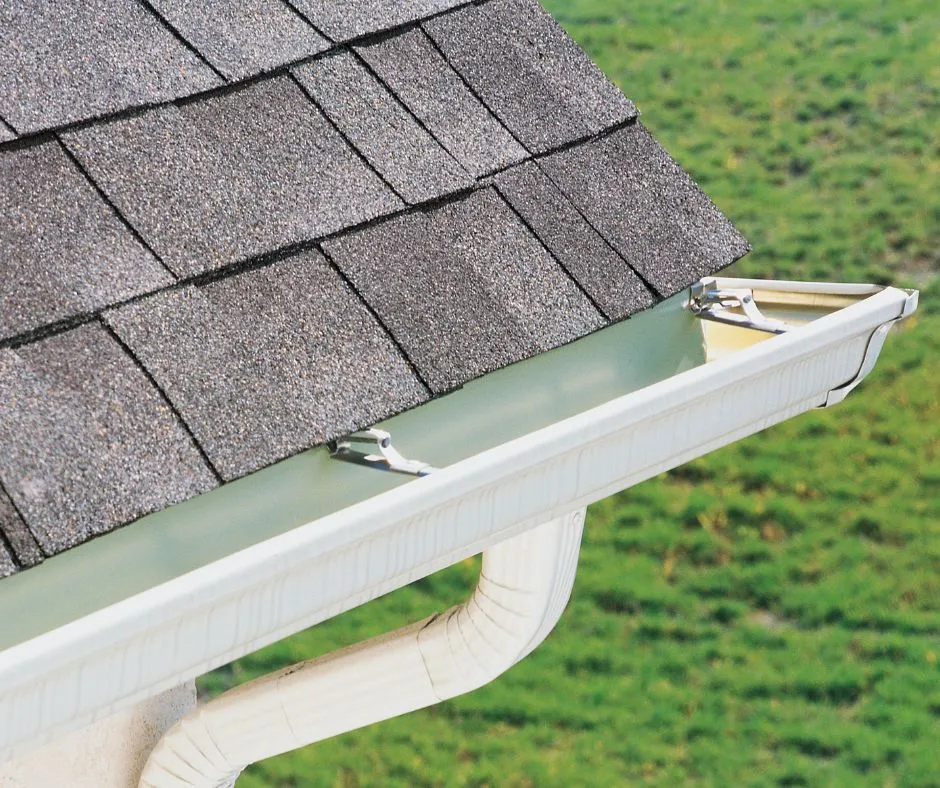Increasing the lifespan of your roof must be one of your top priorities, and usually, small issues undermine its potential and become unnecessary expenses. The average lifespan of a roof is generally between 15 to 50 years; however, it ultimately depends on the type of material chosen, the quality, and the maintenance of it. By following these five ways, you can increase the lifespan of your roof:
1. Get a roof inspection:
By having your roof regularly inspected, you will know its condition, detect any damages, save some money, and drastically increase its lifespan. Ensuring that your roof is in good condition will give you more viable options for repair instead of a complete replacement. Even if you don’t need a repair, getting an inspection can also help spot any potential problems that, during extreme weather conditions, could make it more vulnerable. During the spring and summer, properties can be stuck with hail, wind, and storm damage. In autumn, fallen leaves may get stuck in the gutters and interfere with proper drainage. And after wintertime, ice dams may build up along the roofline or create leaks in the ceiling.
2. Use high-quality roofing materials:
No one wants to deal with constant problems and replacements and in the case of roofing, quality usually translates as longevity. Certain types of roofing are better than others and spending a little more may give you a roof that lasts for decades. For example, slate roofing, made primarily from natural slate tiles, can last as long as 200 years. Metal roofing can easily exceed five decades of its incredibly strong and resilient material. Also, Clay (Spanish tile) roofing often surpasses 50 years, and it does not decay.
3. Take care of your guttering:
Your gutters are responsible for water damage and play a crucial role in the foundation of your roof and walls. During a storm, their job is to channel the water flow from the roof to the outside of the home. Rainfall can cause a wide range of damage due to its flow, weight, and force. If your house is surrounded by trees, organic matter such as twigs, leaves, or even nesting left by birds can build up, creating gutter dams. Pests can also make your home theirs, and if they can funnel away a sudden onslaught of water, it can get backed up into your roof or basement. Problems start as drips and seepage and can develop into leaks, corrosion, and waterlogging into the building foundation. Zinc and copper gutters can last almost 100 years, preventing fungus and debris accumulation. Ensuring regular gutter cleans means a pristine condition for longer.
4. Keep it clean:
It might seem like a task not worth doing, but keeping your roof clean will extend its lifespan. Cleaning away moss will prevent your roof from slowly disintegrating over time and not only avoid problems such as wood rot, obstruction of drainage points, and costly repairs; it can be incredibly dangerous to your health. The area where you live and the kind of trees around your house will tell you if you require a more thorough wash. However, using a pressure washer is something to be avoided. You should never pressure wash your roof, especially if it has porous tiles that are susceptible to cracking or breaking. Also, concentrated sprays can loosen the granules from the prior roof top-coats, so an alternative is to make a homemade solution with a gallon of water, 450g of salt, a tablespoon of vinegar, and a little soap. This contains less harsh chemicals and removes moss, dirt, and grime.
5. Identify small damages early:
While many homeowners ignore and underestimate minor issues like missing shingles, rotting spots, leaks, water drips, visible mold growth, and discoloration on your walls, those might indicate that your roof has damage that can lead to many problems. Some roof repair signs to watch for are missing, cracked, or curled shingles; granules washing away from asphalt shingles; visible light streaming through the roof; stains or water spots; mold or mildew growing inside the house; and weird smell coming from the attic. Taking the time to inspect your roof can save you thousands of dollars in repairs later. Doing minor repairs, like replacing vents, worn-out shingles, and metal strips, are cheaper than doing a whole replacement.



